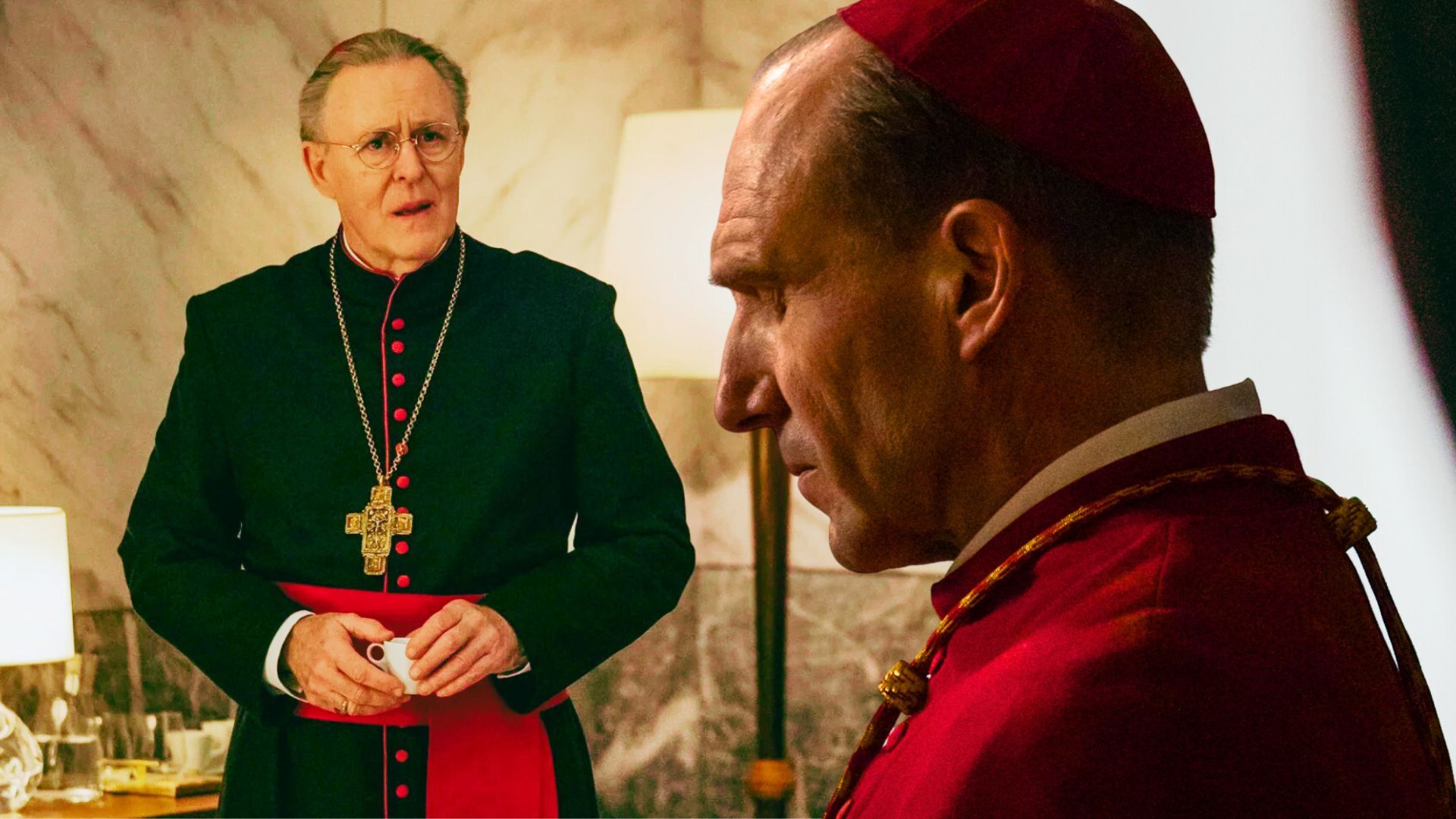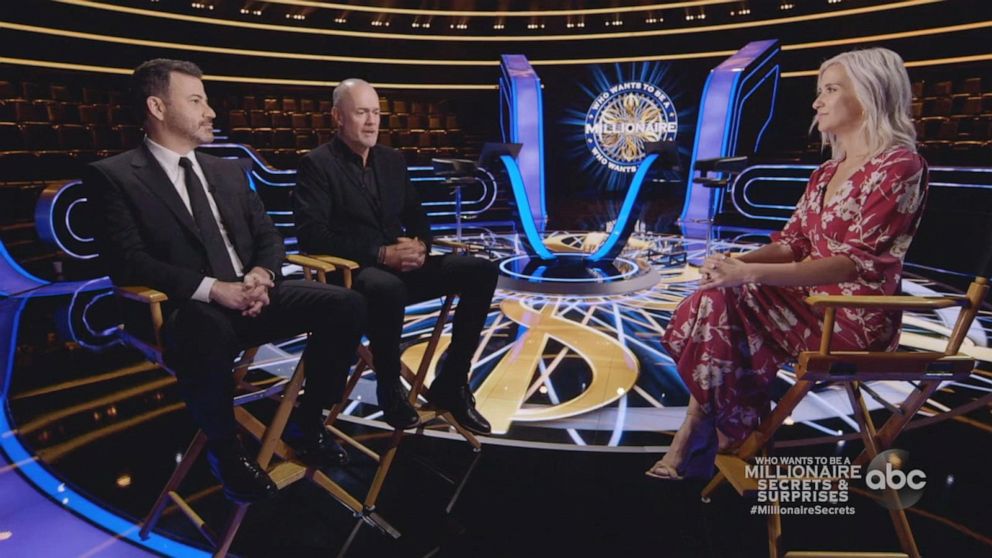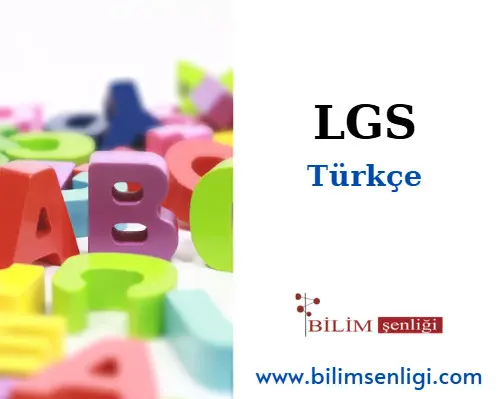The Papal Conclave: A Detailed Explanation Of The Election Process

Table of Contents
The Pre-Conclave Period: Preparations and Procedures
The period between a Pope's death or resignation and the commencement of the conclave, known as the sede vacante (vacant see), is a time of meticulous preparation and solemn observance. This transitional phase is crucial for ensuring a smooth and orderly Papal transition.
- Confirmation of the Pope's Death/Resignation: The death of a Pope is formally declared, typically by the Cardinal Camerlengo, while a resignation is announced by the Pope himself. This formal declaration triggers the commencement of the sede vacante.
- The Role of the Cardinal Camerlengo (Chamberlain): During the sede vacante, the Cardinal Camerlengo assumes the administrative responsibilities of the Holy See. He manages the Church's affairs, ensures the safety and security of the Vatican City, and oversees the preparations for the conclave. The Camerlengo's role is vital in maintaining order and continuity during this critical period of Papal transition.
- Preparation of the Sistine Chapel for the Conclave: The Sistine Chapel, the historical venue for the Papal Conclave, undergoes a thorough preparation. This includes installing the necessary infrastructure for the cardinals' accommodation, communication systems, and voting procedures. Security measures are also significantly heightened.
- Gathering of Eligible Cardinals in Rome: Cardinals from around the world who are eligible to participate in the conclave converge in Rome. The logistics of gathering such a large number of individuals from diverse backgrounds require significant planning and coordination.
- The Importance of Secrecy and Security: Maintaining absolute secrecy and security is paramount during the pre-conclave period and throughout the conclave itself. The location of the cardinals, their communications, and all aspects of the election process are strictly confidential to preserve the integrity of the process. This ensures the election is free from external influence and undue pressure.
Eligibility and Participation in the Papal Conclave
Not all Cardinals participate in the Papal Conclave. Strict eligibility criteria, based on Canon Law, govern who can vote for the next Pope. This ensures that only cardinals meeting specific qualifications participate in this crucial decision-making process.
- Age Limits: To be eligible, a Cardinal must be under the age of 80. Cardinals who turn 80 after the death or resignation of the Pope are still eligible to participate, but those who reach 80 before the conclave begins are excluded.
- Canon Law Requirements: Eligibility also depends on the fulfilment of all other requirements stipulated in Canon Law. This includes the Cardinal's standing within the Church and adherence to its doctrines.
- The Number of Cardinal Electors: The exact number of cardinal electors varies depending on the number of cardinals under 80 at the time of the conclave. This number directly impacts the voting dynamics and the potential for a quicker or more drawn-out election process.
- Exclusions from Participation: Certain circumstances, as defined in Canon Law, may lead to the exclusion of cardinals despite meeting other eligibility criteria. These exclusions are exceptionally rare and are based on specific canonical reasons.
The Conclave: Seclusion and the Voting Process
The Papal Conclave itself is a period of seclusion and intense deliberation within the Sistine Chapel. The process is designed to ensure a thoughtful and prayerful selection of the next Pope, shielded from outside pressures.
- The Oath of Secrecy: Before the Conclave begins, all participants take a solemn oath of secrecy, pledging to maintain the confidentiality of all deliberations and voting procedures. This oath underscores the importance of maintaining the integrity and impartiality of the election.
- Accommodation and Daily Life Within the Conclave: The cardinals reside in the Sistine Chapel during the Conclave, living in simple quarters and adhering to a structured daily routine. This confinement helps facilitate focused deliberation and reduces external distractions.
- The Voting Procedure: Voting takes place using specially prepared ballots, with each ballot meticulously scrutinized to ensure anonymity and prevent tampering. The process involves multiple rounds of voting until a two-thirds majority is achieved.
- The Role of the Scrutineers: Scrutineers are Cardinals appointed to count the votes and ensure the integrity of the voting process. Their role is critical in maintaining transparency and preventing any irregularities.
- The Importance of a Two-Thirds Majority: Reaching a two-thirds majority is crucial for the validity of the election. This requirement ensures a strong consensus among the cardinal electors, signifying broad support for the newly elected Pope.
Announcing the New Pope: "Habemus Papam!"
The culmination of the Papal Conclave is the announcement of the newly elected Pope, a moment of great significance for the Catholic Church worldwide.
- The Significance of the White Smoke: The appearance of white smoke from the Sistine Chapel chimney signifies that a new Pope has been elected. This visual signal is a long-standing tradition, instantly communicating the outcome to the waiting crowds outside and the world beyond.
- The Announcement of "Habemus Papam!" ("We have a Pope!"): The announcement of "Habemus Papam!" by the Cardinal Protodeacon, along with the new Pope's name, is a momentous occasion, signaling the end of the sede vacante and the beginning of a new papacy.
- The First Papal Blessing (Urbi et Orbi): Shortly after the announcement, the newly elected Pope delivers his first Papal blessing, Urbi et Orbi ("to the city and to the world"), a blessing extended to Rome and the entire world.
- The New Pope's First Public Appearances and Actions: The newly elected Pope makes his first public appearances and begins to assume the responsibilities of his office. This period marks the official start of his papacy and initiates the process of addressing the needs and challenges facing the Church.
Modern Considerations and Reforms in the Papal Conclave
While rooted in ancient tradition, the Papal Conclave has also undergone modifications and reforms over time. The Second Vatican Council (Vatican II) played a significant role in shaping the modern Papal Conclave.
- Influence of the Second Vatican Council: Vatican II, held in the early 1960s, had a considerable impact on various aspects of Church life, including the conclave process. The council's emphasis on greater participation and transparency influenced some of the reforms made to the conclave procedures.
- Changes to Voting Procedures or Eligibility: While the core elements of the conclave remain largely unchanged, some adjustments have been made to the voting procedures and eligibility criteria over the years to reflect evolving circumstances and technological advances.
- Modern Security and Logistical Challenges: Ensuring the safety and security of the cardinals and the integrity of the conclave process amidst modern security threats presents significant logistical challenges.
Conclusion:
The Papal Conclave, a centuries-old tradition, remains a significant event in the Catholic world and a complex process involving meticulous planning and adherence to established rules. Understanding the intricacies of this election, from the pre-conclave preparations to the final announcement of "Habemus Papam!", offers valuable insight into the leadership selection of the Catholic Church. To further deepen your understanding of this fascinating process, explore the rich historical records and contemporary accounts of past Papal Conclaves. Learn more about the intricacies of the Papal Conclave and its evolving role in shaping the future of the Catholic Church.

Featured Posts
-
 Lewis Capaldi Makes Surprise Appearance At Tom Walker Charity Gig
May 07, 2025
Lewis Capaldi Makes Surprise Appearance At Tom Walker Charity Gig
May 07, 2025 -
 Celtics Vs Cavaliers A Prediction For Game Game Number
May 07, 2025
Celtics Vs Cavaliers A Prediction For Game Game Number
May 07, 2025 -
 Who Wants To Be A Millionaire Celebrity Special A Deep Dive Into The High Stakes Game
May 07, 2025
Who Wants To Be A Millionaire Celebrity Special A Deep Dive Into The High Stakes Game
May 07, 2025 -
 Xrps Path To Record High Grayscale Etf Filing And Market Analysis
May 07, 2025
Xrps Path To Record High Grayscale Etf Filing And Market Analysis
May 07, 2025 -
 Who Wants To Be A Millionaire Celebrity Special A Deep Dive
May 07, 2025
Who Wants To Be A Millionaire Celebrity Special A Deep Dive
May 07, 2025
Latest Posts
-
 Predicting Ethereums Future A Comprehensive Market Analysis
May 08, 2025
Predicting Ethereums Future A Comprehensive Market Analysis
May 08, 2025 -
 Kripto Lider Detayli Analiz Ve Gelecek Potansiyeli
May 08, 2025
Kripto Lider Detayli Analiz Ve Gelecek Potansiyeli
May 08, 2025 -
 Kripto Lider Nedir Ve Neden Herkes Konusuyor
May 08, 2025
Kripto Lider Nedir Ve Neden Herkes Konusuyor
May 08, 2025 -
 Comprehensive Ethereum Price Prediction 2024 And Beyond
May 08, 2025
Comprehensive Ethereum Price Prediction 2024 And Beyond
May 08, 2025 -
 Kripto Para Piyasasinda Kripto Lider In Yuekselisi Neden Bu Kadar Popueler
May 08, 2025
Kripto Para Piyasasinda Kripto Lider In Yuekselisi Neden Bu Kadar Popueler
May 08, 2025
